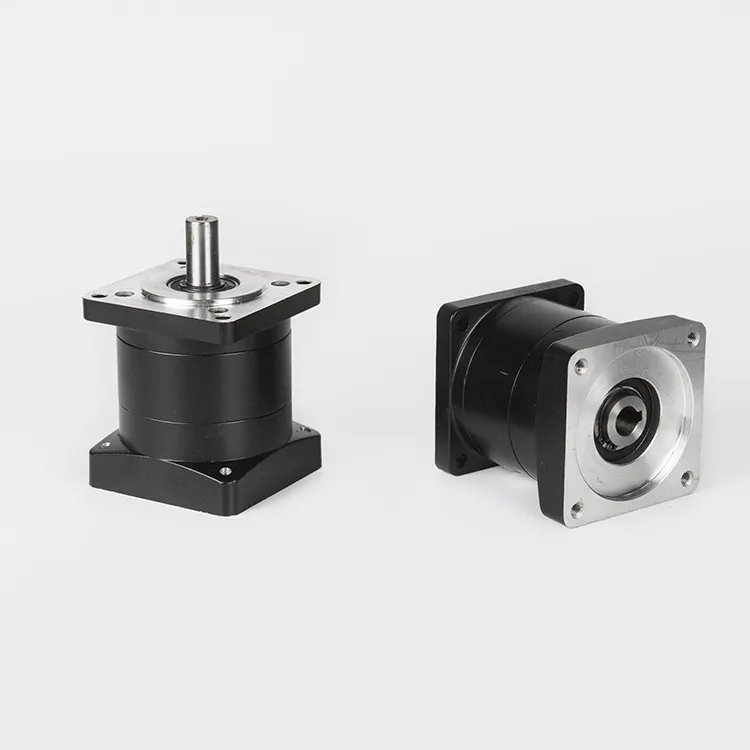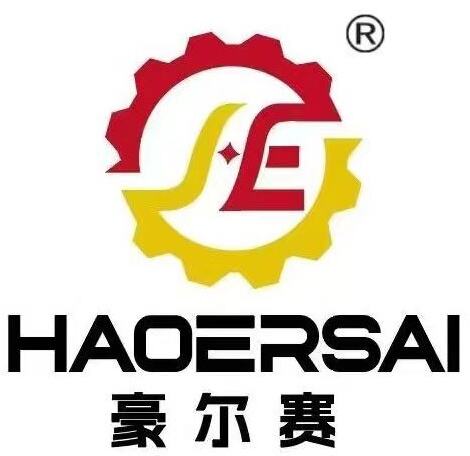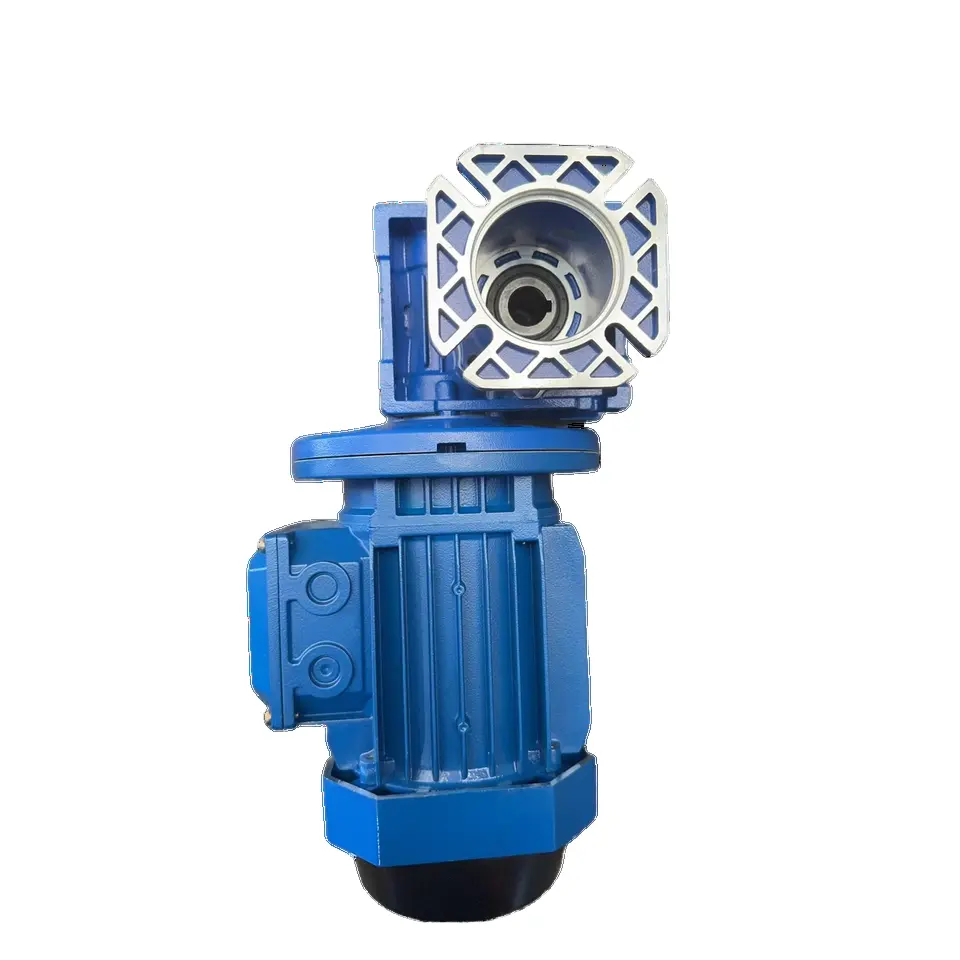Understanding the Gearbox in Modern Powertrains
A gearbox sits at the heart of many mechanical power transmission systems, acting as the interface between a prime mover and the driven load. Whether in industrial drives, automotive powertrains, or renewable-energy converters, the gearbox converts speed and torque, adapts rotational direction, and protects the drive system from excessive stress. Good gearbox design does more than change ratios — it determines how efficiently power moves through the system, how long components last, and how much maintenance is required over the life of the machine.
What exactly makes a gearbox effective in a given application? Designers must consider geometry, materials, lubrication, thermal behavior, and expected duty cycles. Each decision in the design chain affects not only performance but also energy consumption and reliability.
Key Design Principles That Shape Gearbox Performance
Gear Tooth Geometry and Load Distribution
One of the first places engineers look when optimizing gearbox performance is gear tooth geometry. Profile shape, helix angle, and contact ratio directly influence how loads are shared across the tooth surface. Optimized geometry reduces localized stress, improves contact efficiency, and minimizes sliding friction. These improvements lower heat generation and wear, so the gearbox delivers more power to the load with less input energy lost as heat.
Beyond basic shapes, modern gear design often uses asymmetric or optimized micro-geometry to improve contact patterns under real load conditions. This kind of refinement pushes gearbox efficiency higher across wider operating ranges.
Materials, Hardening and Surface Treatments
Material selection and surface treatment significantly affect gearbox durability and friction. High-strength steels, appropriate heat treatments (like carburizing or nitriding), and low-friction coatings increase wear resistance and reduce micro-asperity interactions at the tooth flank. A gearbox that uses advanced materials and surface engineering can sustain higher loads and maintain low friction for longer intervals, thereby improving both reliability and energy efficiency.
Choosing the right combination of base metal and surface treatment is application-specific and balances cost with long-term performance.

Lubrication and Thermal Management in Gearbox Design
Choosing the Right Lubrication Strategy
Lubrication is pivotal for any gearbox. The right lubricant reduces metal-to-metal contact, carries heat away from contact zones, and flushes contaminants. Designers must specify lubricant viscosity, additive chemistry, and delivery method (splash, forced-flow, or circulating systems) appropriate to speed and load. Improper lubrication increases churning losses and friction, undermining even the best gearbox geometry.
A well-specified lubrication system helps maintain a low-viscosity film under operating conditions, improving hydraulic efficiency and preserving the designed contact mechanics in the gearbox.
Controlling Temperature and Dissipating Heat
Heat is a persistent enemy of gearbox efficiency. Frictional losses produce heat that, if not effectively removed, changes lubricant viscosity, distorts components, and accelerates wear. Thermal management design — including pumps, coolers, fins, and oil circulation pathways — helps maintain stable operating temperatures. A gearbox that runs cooler tends to operate more efficiently and requires fewer lubricant changes over its lifetime.
Good thermal design also supports consistent tolerances and prolongs bearing and seal life inside the gearbox.
Bearings, Seals and Auxiliary Components That Matter
Bearing Selection and Preload Considerations
Bearings support shafts and help maintain gear alignment, but they also introduce friction. Selecting low-friction bearing types, correctly preloading them, and ensuring proper sealing reduces drag and improves overall gearbox efficiency. Bearing losses can be a significant portion of the parasitic power consumption, especially in high-speed gearboxes. Precise bearing selection and mounting practices are therefore integral to a well-performing gearbox.
Tight Seals vs. Drag: Finding the Balance
Seals keep lubricant in and contaminants out, but they create drag that costs energy. Effective gearbox design balances sealing effectiveness with minimal friction. Designers choose seal types and geometries that protect lubricant quality while minimizing parasitic loss. In some applications, labyrinth seals or low-friction lip seals help maintain this balance.
Installation, Alignment and System Integration
The Role of Alignment in Preserving Gearbox Efficiency
Even a perfectly designed gearbox will underperform if installed incorrectly. Misalignment between the motor, gearbox and driven equipment introduces bending loads and irregular tooth contact, increasing friction and accelerating wear. Precise alignment procedures and appropriate couplings ensure the gearbox operates as intended and maintains its designed efficiency.
Matching Motor, Controls and Gearbox Elements
An efficient gearbox functions as part of a system. Selecting a gearbox without considering the motor characteristics or the control strategy limits potential gains. For example, matching a variable-speed drive with a gearbox that has the appropriate gear stage ensures the system operates near optimal points more often, reducing energy waste. System-level design yields more measurable savings than optimizing the gearbox alone.
Manufacturing Precision and Quality Control
Tight Tolerances and Consistent Production
Manufacturing precision matters. Gearbox efficiency improves when gear blanks are produced with tight dimensional tolerances, accurate helix angles, and minimal runout. Grinding and finishing processes reduce roughness on contact surfaces, decreasing friction during meshing. Consistent, repeatable manufacturing leads to predictable gearbox behavior and reliable efficiency numbers in the field.
Quality Assurance and Testing
Full-scale testing under representative loads provides the performance curves engineers need to specify gearboxes confidently. Measuring efficiency across the expected operating range reveals where losses occur and informs improvements. Rigorous QA processes, including balance checks and noise/vibration analysis, support long-term gearbox efficiency in real applications.
Maintenance Strategies to Sustain Gearbox Efficiency
Condition Monitoring and Predictive Maintenance
Modern maintenance strategies emphasize condition monitoring — vibration analysis, oil debris analysis, and temperature tracking — to detect changes before they cause significant losses. Predictive maintenance helps maintain gearbox efficiency by enabling interventions when wear or contamination first appears, avoiding efficiency degradation and catastrophic failures.
Scheduled Overhauls and Lubricant Management
Planned maintenance, including oil changes and inspection of gear teeth and bearings, extends gearbox life and preserves efficiency. Lubricant cleanliness and scheduled filtration prevent abrasive particles from increasing friction. A disciplined maintenance policy keeps the gearbox close to its as-new efficiency throughout its service life.
Practical Design Trade-offs and Application-Specific Choices
Balancing Efficiency with Cost and Reliability
Designing a gearbox requires trade-offs. Ultra-high-efficiency materials and coatings may be costly, and over-engineering can lead to poor cost-effectiveness. Engineers must balance initial cost, maintenance burden, expected duty, and energy savings. In high-hour applications, investing in more efficient gearbox design often pays off; in low-use applications, a simpler, lower-cost gearbox may be more appropriate.
Tailoring Gearbox Design to Duty Cycle
A gearbox used in intermittent, low-load conditions has different optimization drivers than one in continuous, heavy-duty service. Designers tailor tooth forms, bearings, lubrication systems, and thermal management to the duty cycle to ensure the gearbox stays efficient where it matters most.
Emerging Trends in Gearbox Design
Surface Engineering and Low-Friction Coatings
Advances in coatings and surface engineering reduce friction at gear contacts without changing macro geometry. These innovations improve micro-contact behavior and can provide efficiency gains where traditional geometry optimization has reached limits.
Integration with Smart Controls and Sensor Systems
Sensor-equipped gearboxes with integrated monitoring enable active management of operating conditions. When combined with smart drives, these systems adjust operational parameters to maintain efficient gearbox operation — reducing wasted energy and prolonging component life.
Application Examples Where Gearbox Design Impacts Efficiency
Industrial Conveyor and Pump Drives
In continuous-process industries, gearbox losses compound over thousands of operating hours. Efficient gearbox design in conveyor and pump drives reduces total energy consumption and operating costs, especially when standardizing designs over many units.
Renewable Energy and Offshore Systems
Gearboxes in wind and tidal turbines experience variable loads and must maintain efficiency across wide ranges. Design changes that reduce friction at low speeds, improve lubrication under cyclic loading, and maintain alignment despite structural flexing translate directly into more energy delivered to the grid.
FAQ
How does gearbox design directly affect energy consumption?
A well-designed gearbox minimizes frictional losses through optimized gear geometry, low-drag bearings, appropriate sealing, and effective lubrication. These reductions in internal loss mean more of the motor’s input power reaches the output shaft, lowering overall energy consumption.
What are the first upgrades to improve an existing gearbox’s efficiency?
Start with proper alignment, lubricant optimization (viscosity and cleanliness), and upgrading bearings or seals if they are worn. These measures are cost-effective and often produce measurable efficiency gains quickly.
How often should gearbox condition be monitored?
Monitoring frequency depends on duty cycle and criticality. High-hour continuous drives benefit from real-time monitoring; less critical installations may be serviced monthly or quarterly with vibration and oil analysis programs.
Can gearbox replacement be justified solely on energy savings?
Yes — in high-duty installations the energy savings from a high-efficiency gearbox can justify replacement when analyzed over the lifecycle. Conduct a life-cycle cost analysis considering energy, maintenance, downtime, and capital costs to make a data-driven decision.
Table of Contents
- Understanding the Gearbox in Modern Powertrains
- Key Design Principles That Shape Gearbox Performance
- Lubrication and Thermal Management in Gearbox Design
- Bearings, Seals and Auxiliary Components That Matter
- Installation, Alignment and System Integration
- Manufacturing Precision and Quality Control
- Maintenance Strategies to Sustain Gearbox Efficiency
- Practical Design Trade-offs and Application-Specific Choices
- Emerging Trends in Gearbox Design
- Application Examples Where Gearbox Design Impacts Efficiency
- FAQ

